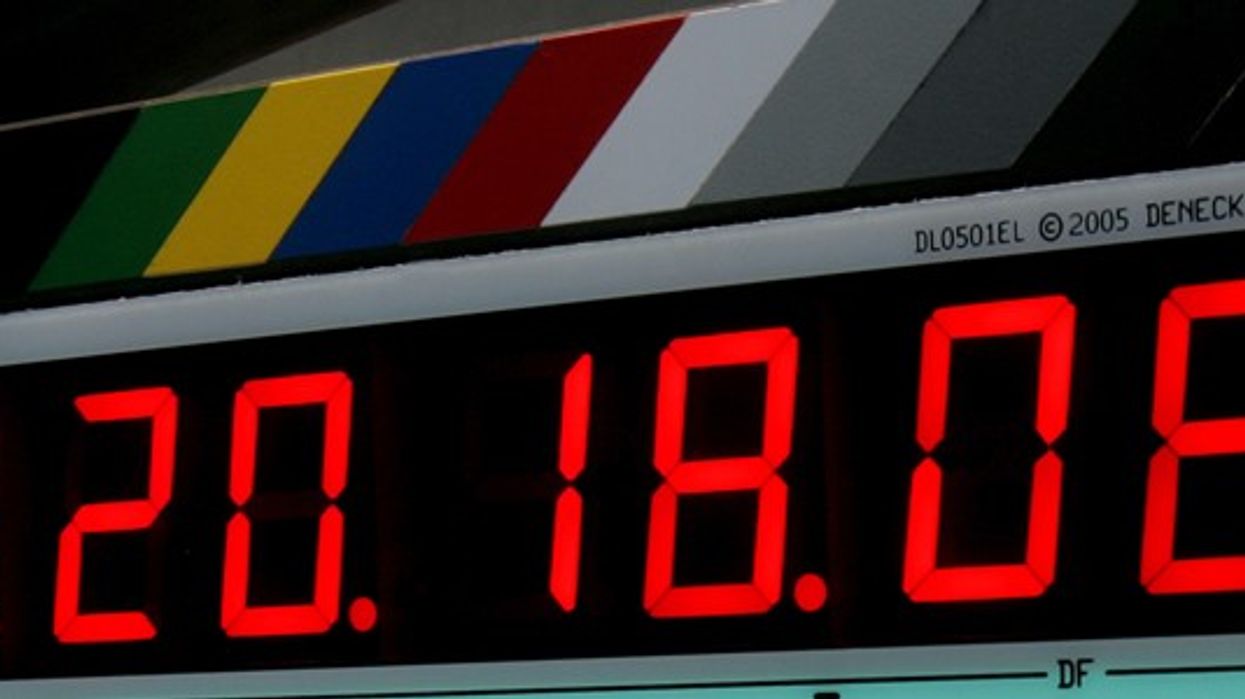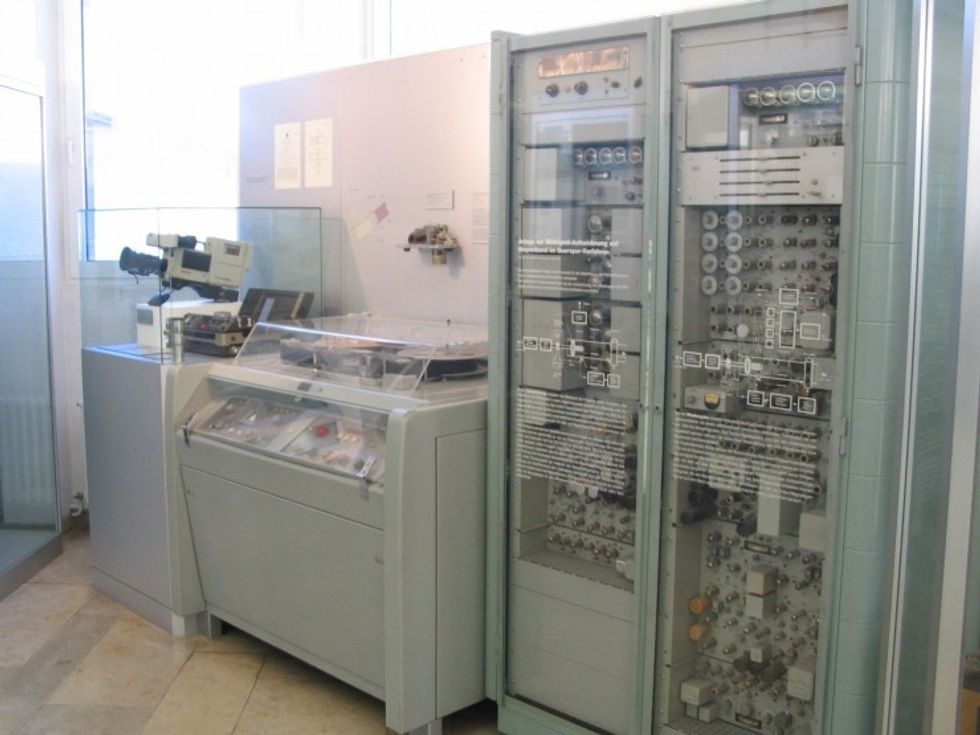Watch: The History and Science of Timecode
The timeline of timecode is more epic thank you think.

Filmmaking in the digital age has simplified once arcane tasks into plug-and-play automation. Certain functions are so ingrained in film technology they are often taken for granted. Timecode is the perfect example.
That rectangle of ticking numbers is just the tip of a century-long evolutionary iceberg which parallels the technological narrative of cinema itself.
In this dense, pacey, encyclopedic video lesson, John P. Hess of Filmmaker IQ ticks off the major trials, errors, and usages of timecode from Lumiere past to Lumetri present.
Personally, I dislike the phrase “geek out.” It’s either used to shame people with niche interests or to disguise bland pop-culture obsessions as academic pursuits. That being said, there’s no way around it: Thisis an unabashed geek out, and only for those with an insatiable Bill Nye-level curiosity for film technology.
If you fit this description, however, then please indulge because there are true tidbits in there, including “Edge Numbers”, Kodak’s circa-1919 attempt at literally marking time by printing latent 5-digit numbers on unprocessed film.
Also, the mid-century advent of the Electronic Editor, the first machine to make videotape splices based on time signatures. A crucial invention save for one drawback: the operator had to press record exactlyone half-second before the machine’s edit began, thus garnering the nickname, “Punch and Pray.”

Another fascinating segment is what Hess describes as the 1960s “Timecode Space Race,” in which a select few companies battled to invent and own the timecode industry standard.
The video is stuffed with these educational morsels, and I’d love to hear what caught your interest down in the comments. Let’s geek out.
Source: FilmmakerIQ













